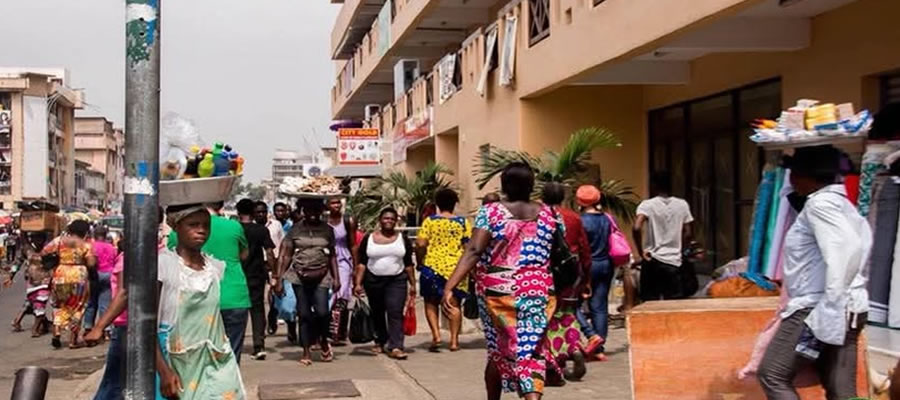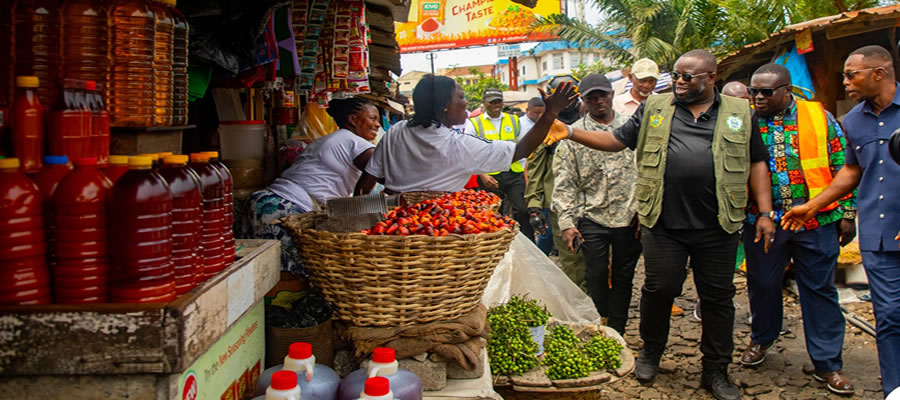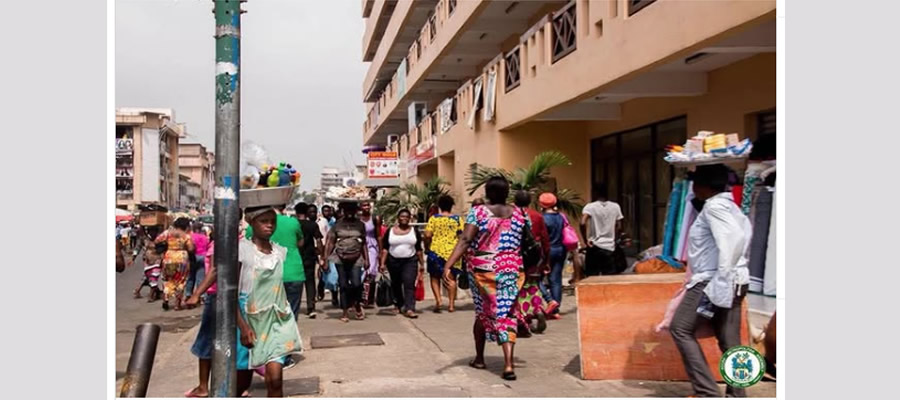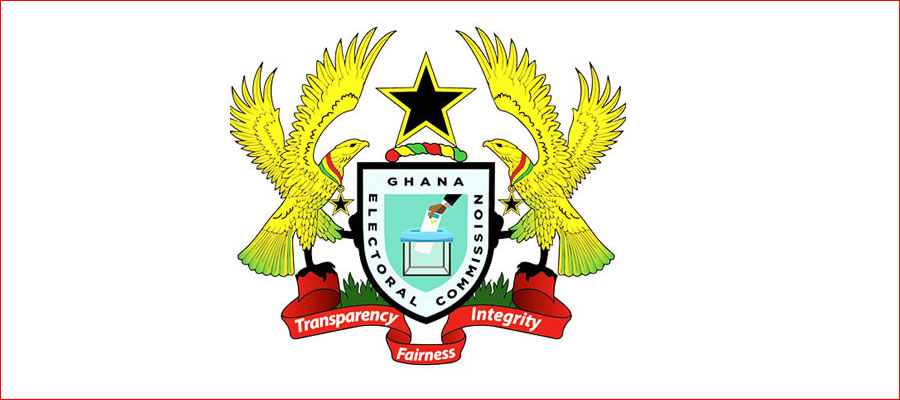

Main Source of Water for Drinking and for other Domestic use
Table 8.10 presents the sources of drinking water and main source of water for other domestic purposes. The most widespread source of drinking water in the Metropolis is pipe-borne inside dwelling (31.8%) compared with sachet water (27.9%) and pipe-borne outside dwelling (28.0%) as the main sources of drinking water in the region.
This is followed by sachet water (27.9%) and pipe-borne outside dwelling (28.4%). The results also show that rain water, unprotected spring, unprotected well and dugout/pond/lake/dam/canal are other sources of drinking water across the country and region but these sources are not use in the Metropolis.
Table 8.10 further shows the sources of water for other domestic purposes. The most common source of water for other domestic uses in the Metropolis is pipe-borne inside dwelling (44.5%) followed by pipe-borne outside dwelling (39.9%). Public tap/stand pipe (12.6%) is another significant source of water for other domestic uses in the Metropolis. These three main sources are also use for domestic purposes in the region.
Figure 8.2 presents population distribution of source of drinking water in the Metropolis. The major sources of drinking water are pipe-borne inside dwelling, sachet water and pipe-borne water outside dwelling. They constitute 31.8 percent, 28.3 percent and 28.1 percent respectively.
Bathing and Toilet Facilities
An efficient and hygienic method of human waste disposal available in a dwelling unit is a critical indicator of the sanitary condition of the unit and is an indirect measure of the socio-economic status of a household (GSS 2012). Bathing facility type in the Metropolis is described in Table 8.11. Majority of the people in the Accra Metropolis use shared separate bathroom in same house (36.7%) followed by shared open cubicles (24.6%).
A significant number of households use own bathroom for exclusive use (23.2%) while public bathroom (9.9%) and private open cubicles (2.2%) are other bathing facilities in the Metropolis. Like the Metropolis, shared separate bathroom in same house (36.7%), shared open cubicles (24.6%) and own bathroom for exclusive use (23.2%) are the three main bathing facilities in the region.
Table 8.11 also presents the distribution of toilet facility type in the Metropolis. Public toilet (41.9%) is the main toilet facility in the Metropolis followed by Water Closet (W.C.) (33.0%). But Kumasi Ventilated Improved Pit (KVIP) (13.8%) and Pit laterine (4.5%) are common toilet facilities in the region. Public toilet and KVIP are generally regarded as unhygienic toilet facilities because they are used by many people and are not always properly maintained (Tanle and Kendie, 2013).
Figure 8.3 presents the distribution of toilet facility type in the Metropolis. Public toilet featured the highest in the Metropolis (41.6%) while W.C and KVIP recorded (31.9%) and (14.9%) respectively. A significant number of households (2.3%) in the Metropolis have no facility and therefore use the bush or beaches as places of convenience.
Method of Waste Disposal
Table 8.12 presents the various methods by which solid and liquid waste are disposed of by households in the Metropolis. The results show that majority of households (59.4%) collect their solid waste while about 33.0 percent disposed theirs through public dumping (container). Only 1.1 percent of households dump indiscriminately while 0.3 percent disposed their waste by burying. The methods of solid waste disposal in the Metropolis are the same as in the region.
Table 8.12 also shows that these same methods are used for disposing liquid waste in the region.
Date Created : 4/24/2018 4:42:41 AM













 facebook
facebook
 twitter
twitter
 Youtube
Youtube
 +233 593 831 280
+233 593 831 280 0800 430 430
0800 430 430 GPS: GE-231-4383
GPS: GE-231-4383 info@ghanadistricts.com
info@ghanadistricts.com Box GP1044, Accra, Ghana
Box GP1044, Accra, Ghana